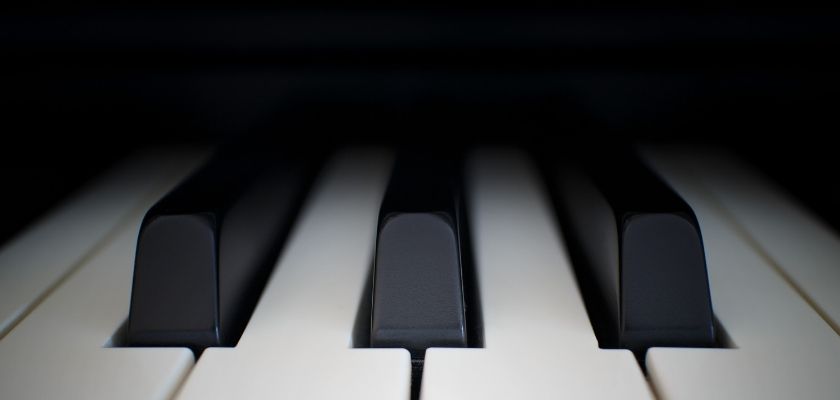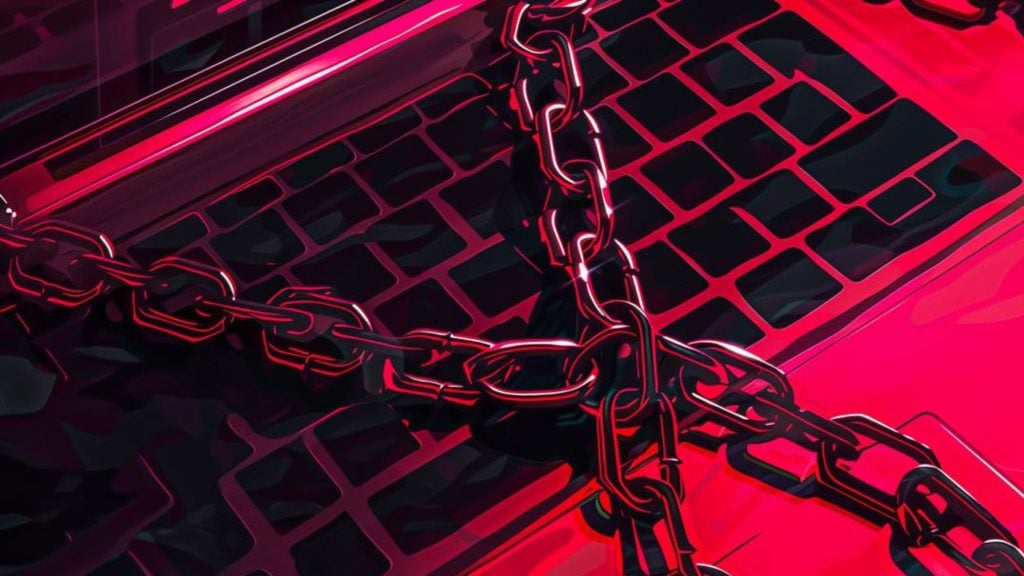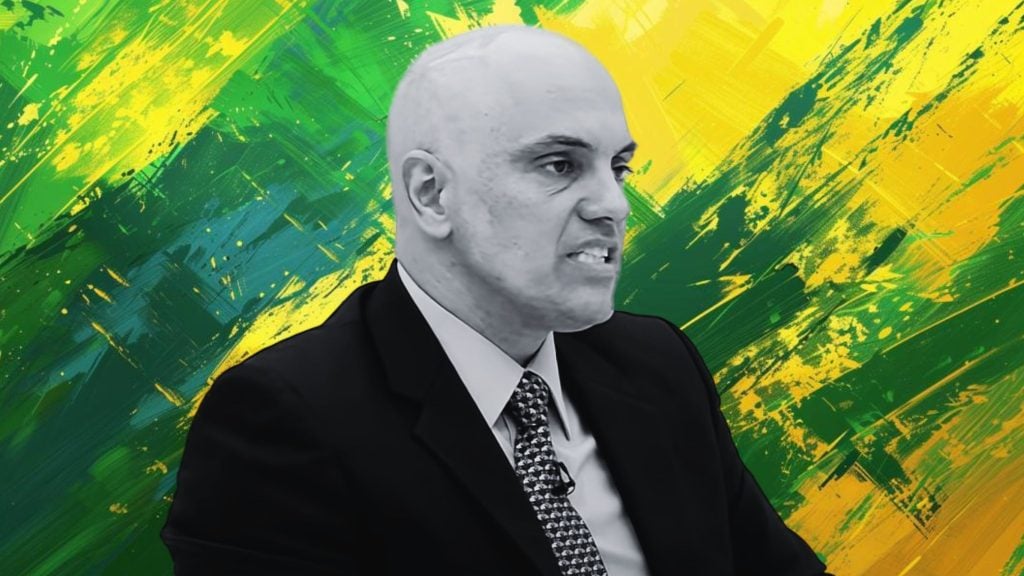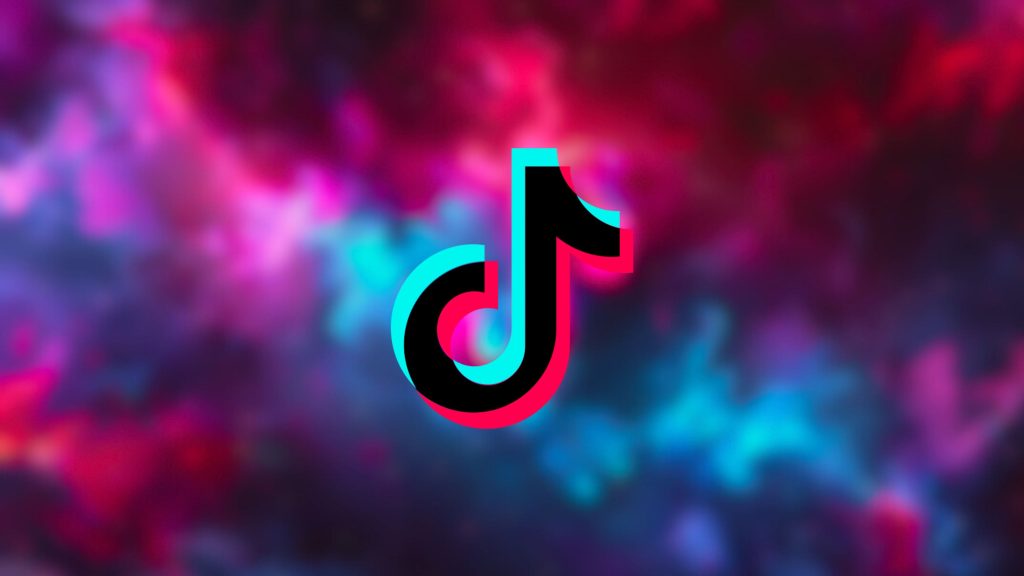Things with YouTube’s often deeply flawed automated takedown claims system are obviously going to get much worse before, if ever, they get better.
As it is, even 200-year-old pieces of classical music that are in the public domain get hit with bogus takedown notices – the latest example being a Schubert/Liszt piece published on YouTube by user Rousseau, and swiftly blocked for allegedly infringing on copyright.
The channel, which has nearly two million subscribers, called on them to help lift the worldwide ban – by going on Twitter, in order to get a reaction out of YouTube.
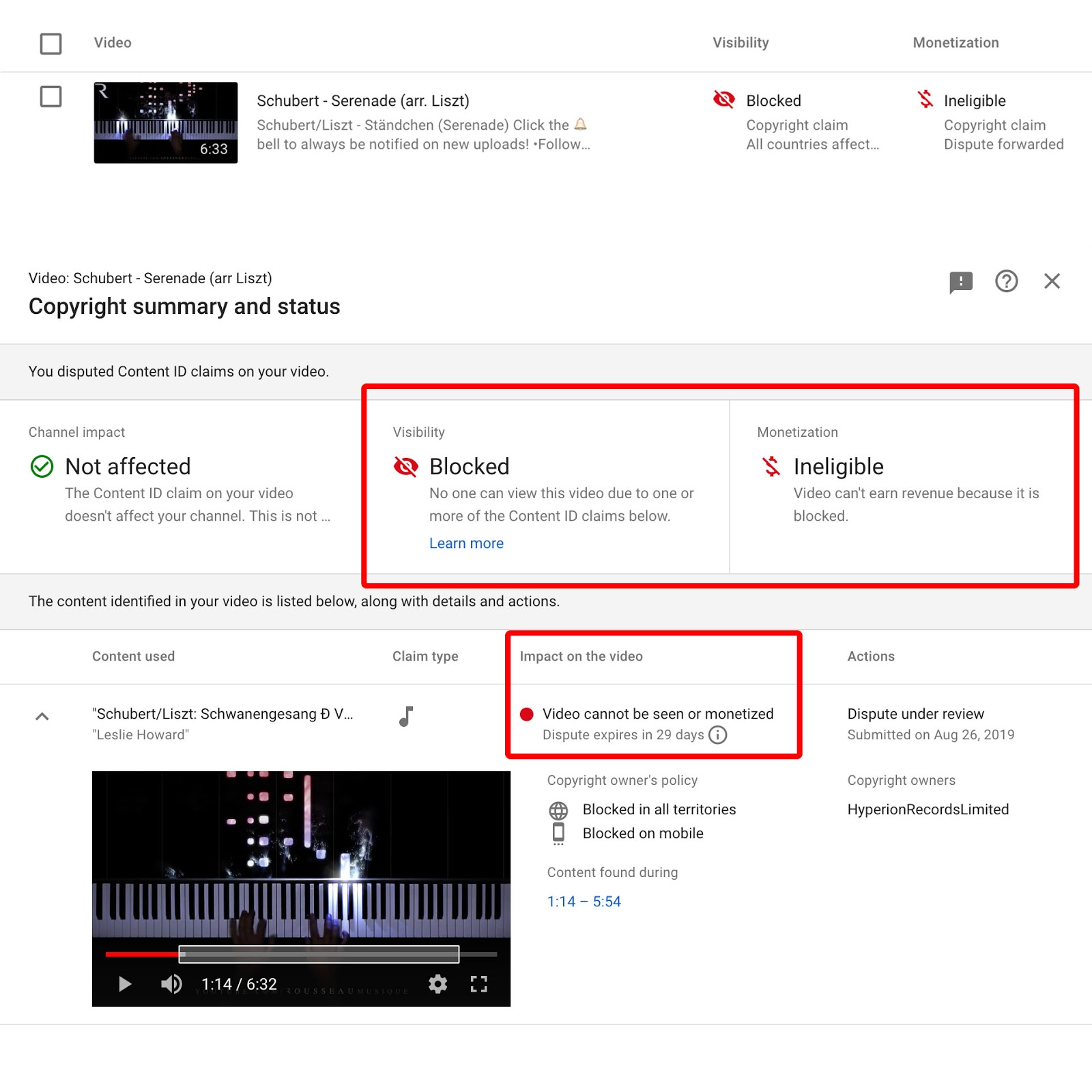
Lamenting the fact that these false takedown notices are happening even in 2019, Rousseau said, “How many times does this need to happen?”
In a notice explaining the decision, Google’s behemoth video platform reveals that it acted to protect copyright held by Hyperion Records, an independent British publishing label – stating that the label blocked the video on copyright grounds.
However, this has happened before and, over on Twitter, Hyperion Records posted that they have nothing to do with it. The tweet came in response to a comment that said the company appears to be making “illegitimate and automated claims” often.
Click here to display content from Twitter.
Learn more in Twitter’s privacy policy.
The label appears to acknowledge that the takedown notice was a mistake, and one made by YouTube, who they said employs an automated process that “often mis-identifies videos as recordings belong to Hyperion.”
The company also claims to have “no control” over what YouTube labels as infringement and takes down – and advised those affected to contest the claim themselves.
AI blunders
The misstep represents yet another reminder of what is becoming more and more obvious with each passing day: YouTube’s algorithms are not good enough to carry out the complex and sensitive task that the company has given them.
With immense data sets that Google collects and has at its disposal, you would think it would manage to get artificial intelligence (AI) powered algorithms to tell the difference between copyrighted and public domain content – or at least not make so many mistakes so often.
The bottom line of all this is that the way YouTube’s Content ID system works can and is hurting those creators who rely on the platform to monetize their videos.
Other than being technically imperfect, the system is also clearly designed to protect YouTube itself, and also put corporations, labels, and rights holders and their interests first, all too often leaving creators to scramble to protect their work and sometimes livelihoods when faced by unfounded copyright claims.
Manual flagging injustices
Beyond this, another, lesser problem is malevolent manual flagging of content that once again puts those with less clout on the platform, i.e., smaller-scale creators, at a disadvantage.
Recently, YouTube announced an overhaul of the system with the goal of reassuring creators, who are increasingly clamoring for better protection of their revenues.
In a blog post earlier this month, YouTube said the trend of “aggressive manual claiming of very short music clips used in monetized videos” was a cause for concern, especially given that these often extremely short pieces of content will result in all revenues going to the copyright claimant.
And while the changes mean that copyright holders cannot make money themselves off these claims – something seen as particularly unfair – they can still prevent creators from monetizing their work, or issue takedown notices.
The scope of the changes YouTube has announced is also limited as it covers only the manual claiming tool, leaving out the favored route for copyright holders – the automated algorithmic system.
Creators’ dilemma
Earlier in the year, a Minecraft tutorial maker Mumbo Jumbo revealed that he had to deal with more than 400 false copyright claims filed by Warner Chappell Music.
Despite having the written permission from the artist to use a disputed song – the music giant ended up sharing the revenue on all of these videos by claiming rights to a sample used within the song.
Regardless of the immense pull that YouTube has as the leading global platform of its kind – and the monetization opportunities that come with that status – there are lessons here to be learned by creators – including considering alternative ways of hosting and making money off their content.
This is especially true of smaller channels, who might discover that a system allowing for a rampant copyright claims abuse requires a great deal of effort to protect their content and revenue streams – while offering no real promise of the situation changing for the better any time soon, and little certainty in the meanwhile.
If you're tired of censorship and dystopian threats against civil liberties, subscribe to Reclaim The Net.

